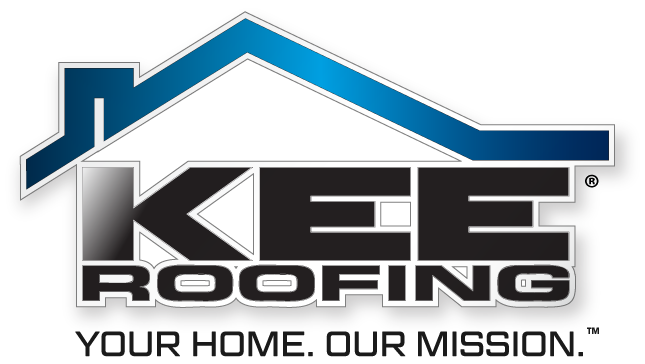It’s important to know how to spot problems in your roof before they arise. Roofing systems tend to encounter various issues throughout their life, here’s a list of the most common ones and how you should handle them.
Shingles
The most common problems with shingles are discoloration, insufficient ventilation, and curling, these problems can cause a big amount of damage in a little time if they are not fixed correctly and on time. Discoloration is a red flag for leaks in your roof, it’s important to have it checked as soon as we see any little spot of discoloration because that can create a big hole in your roof. Curling on shingles will allow water in your home and will also damage parts of your roofing system. And lastly but not less important is vital that your roof has sufficient ventilation because otherwise, it will cause bulking.
Flashing
How the flashing works on a roofing system is that it loses any open areas o your roof that water may penetrate and allow a bigger problem with leaking. Depends on the
The flashing works to seal exposed areas of the roof where water might seep through therefore leading to a much bigger issue of having leaks. The materials used for flashing depend on the type of roof you have but mostly, they are made out of steel or aluminum surrounding chimneys, walls, valleys, drains, system edges, or around skylights.
A very common issue with flashing for most homes is deterioration which is due to oxidation and changes in the weather. In some instances, the flashings are simply detached. With all these possibilities, it is vital to spend a little time inspecting these areas to avoid bigger problems in the future.
The Fascia
The fascia, also called the roof trim, is a front board that runs horizontally along the sides of the roof. It can be found installed under the roof’s edge and is made from wooden boards or sheet metal. These are the final touches that connect the rafters, trusses, and other roofing parts that attach to the gutters. The fascia is installed for two main reasons: shield and aesthetics.
This roofing element, which is made up of metal or wood, serves as good protection for your home’s interior from any type of damage caused by weather such as rain or hail. Additionally, when it comes to curb appeal, this band presents a smooth, polished appearance along the edge of the roof.
The most important thing to consider with a fascia is protection. Homeowners must make sure to look out for any signs of decay or damage.
The Soffit
The polished area underneath the fascia and rafters is called the soffit. The material used for these are vinyl and this area is useful in facilitating better air exchange and in directing moisture and heat away from your home.
A regular inspection of your roofing soffits for the presence of breaks, cracks, and decay should be done. If you happen to find any of these, it is crucial to address them immediately to prevent water, insects and other elements from entering.
The Gutters
Your home’s foundation is protected from water with the use of gutters. As a homeowner, you must see to it that regular inspection is conducted and that they are installed in a way that the spout is directed away from your home’s foundation. During the inspection, clogged gutters and downspouts are the most common issues we’ve observed – and at times, gutters that have been separated from the fascia too. It is recommended to have gutter extensions as a way of protecting your home’s foundation too.
What should I do if I run across one of these problems?
Consistent roof inspections and regular maintenance are fundamental in the longevity of your roofing system. Not all homeowners are confident and trained to do this alone, so it is necessary to call in experts to do it properly.






